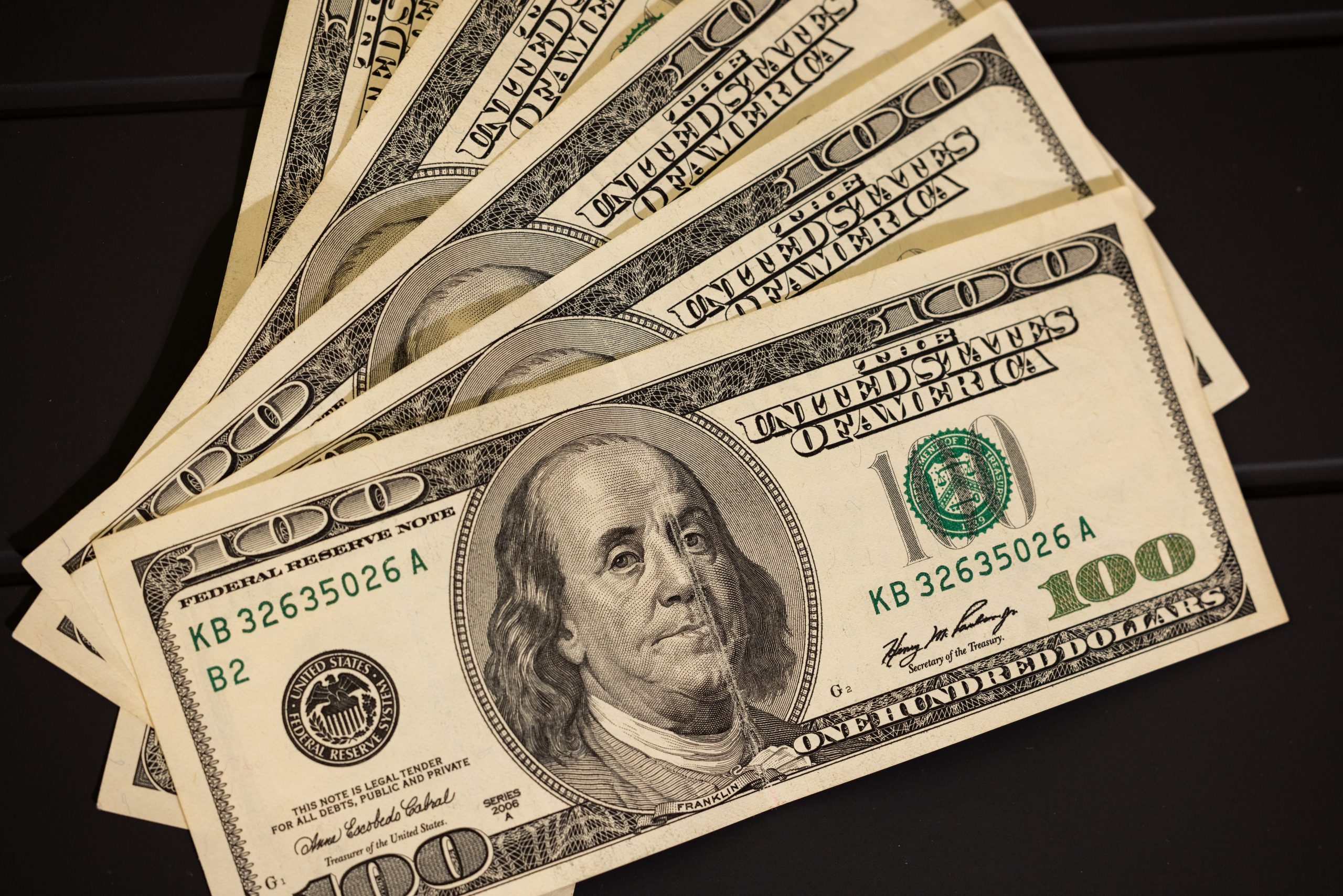
Lauren Moye, FISM NEWS
[elfsight_social_share_buttons id=”1″]
American rapper and actor Ice-T shared on Thursday morning that he was “robbed” at a gas station the previous night. “My money is gone,” he said after his encounter with the culprit that he identified as “Pump number 9.” While his Twitter joke might have gone viral, it highlights a reality of a higher cost of living that is anything but a laughing matter for the average American citizen.
I was robbed at a gas station in NJ last night. After my hands stopped trembling..I managed to call the cops and they were quick to respond and calmed me down….. My money is gone.. the police asked me if I knew who did it..I said yes.. it was pump number 9…
— ICE T (@FINALLEVEL) March 24, 2022
At the time of writing, AAA reports the national gas price average as $4.243. This number represents a 2-cent decrease from the beginning of the week. California, Nevada, and Hawaii all have state averages above $5 a gallon. A year ago, these states were also in the top three with an average price of $3.885, $3.304, and $3.630 respectively.
For greater comparison, Missouri has the lowest state average for today at $3.785. That the state with the lowest average today would have ranked second for the entire nation just a year ago illustrates the dramatic change that has occurred within a year.
Although oil prices have fallen since their decade-high earlier this month and gas prices are trending slightly down from the record highs of last week, it remains a concern for Americans. This is because the cost of living overall has risen. The average citizen’s wallet is stretched thin.
“Under President Biden, inflation has soared to a 40-year high, while real wages have fallen,” political freelance writer Rusty Weiss said in a recent Political Insider opinion piece. “Inflation has outpaced wages every single month since he signed a $1.9 trillion spending bill into law.”
Weiss challenged President Joe Biden’s assertion that Americans were better because of recent American wage increases. He included an Urban Institute graph showing how the increase in wages has underperformed compared to increases in rent, gas, and inflation. This chart can also be seen attached to the following tweet:
Wage increases are not keeping up with inflation
Wages rose 5% over the past year, while inflation increased by 7.9%, rents in metropolitan areas jumped by 15% and gas prices soared by 40%.https://t.co/1MX3dtTZaj
— Steven Greenhouse (@greenhousenyt) March 22, 2022
Weiss added, “That’s the reality facing voters every single day. Every time they fill their gas tank. Every time they purchase groceries.”
It’s a reality that is not likely to change any time soon as geopolitical concerns, like the Russian invasion of Ukraine, make oil prices unstable. GasBuddy analysis Patrick De Haan said earlier this month that Americans had never been in a “situation” with “this level of uncertainty” before. He predicted then, “Americans will be feeling the pain of the rise in prices for quite some time, with little good news foreseen.”
Further complicating the matter are ongoing squabbles about U.S. oil pipelines. To date, the White House administration has refused to entertain thoughts about restarting the Keystone XL Pipeline to place additional economic pressure on Russia and to drive down oil prices today under the anticipation of future quantity gains in the global market.
Meanwhile, Michigan Governor Gretchen Whitmer has launched a lawsuit to shut down another major oil pipeline for endangering the Great Lakes with a potential “catastrophic” oil spill. Enbridge Energy’s Line 5 has moved oil from Wisconsin and Missouri to Ontario, Canada since 1953 according to a Fox News report.
Consumer Energy Alliance found in a recent study that the closure of this pipeline would increase Midwest gas prices by up to 11.66%.
The crisis has prompted legislators in Maryland and Georgia to suspend state gas taxes to give drivers a slight break. Six Democratic governors also recently petitioned Congress to suspend the federal gas tax.
The future state of inflation is no brighter. In a recent CNBC “Closing Bell” interview, Treasury Secretary Janet Yellen said the U.S. is likely to see “uncomfortably high” inflation numbers throughout the rest of this year. She added, “We have seen a very meaningful increase in gas prices, and my guess is that next month we’ll see further evidence of an impact on U.S. inflation of Putin’s war on Ukraine.”
